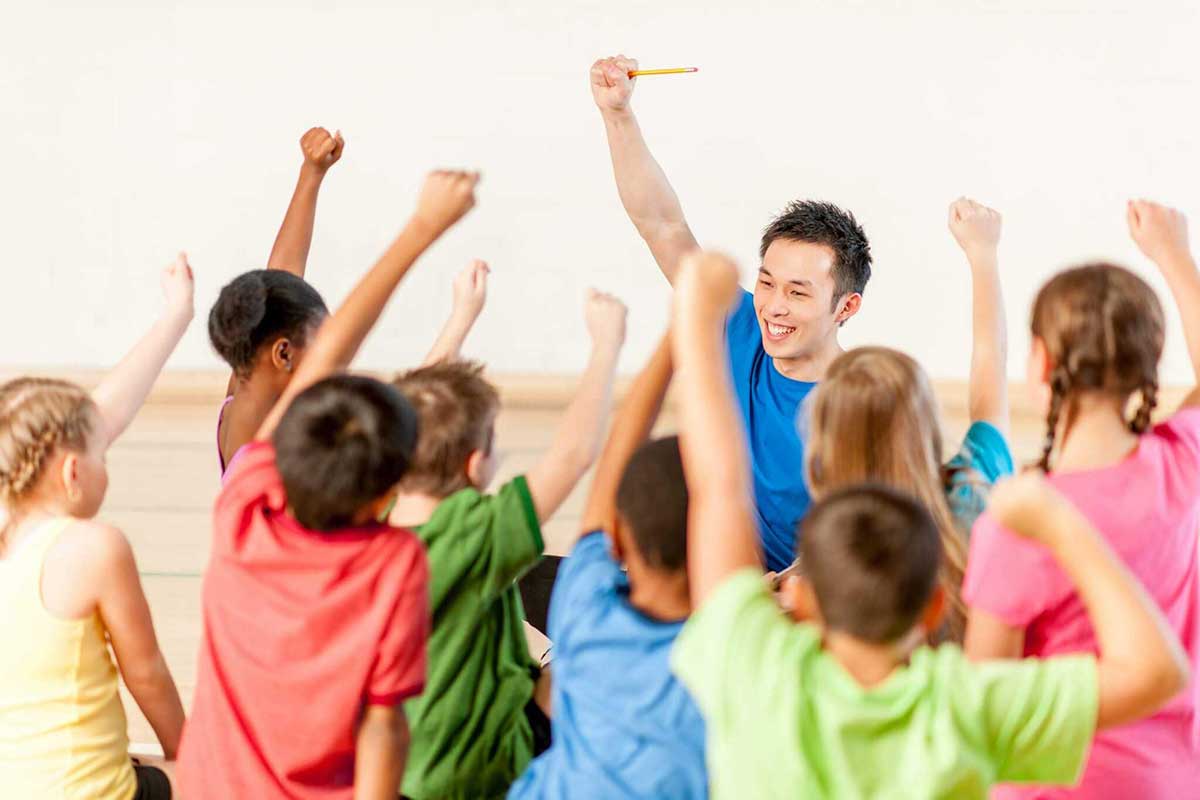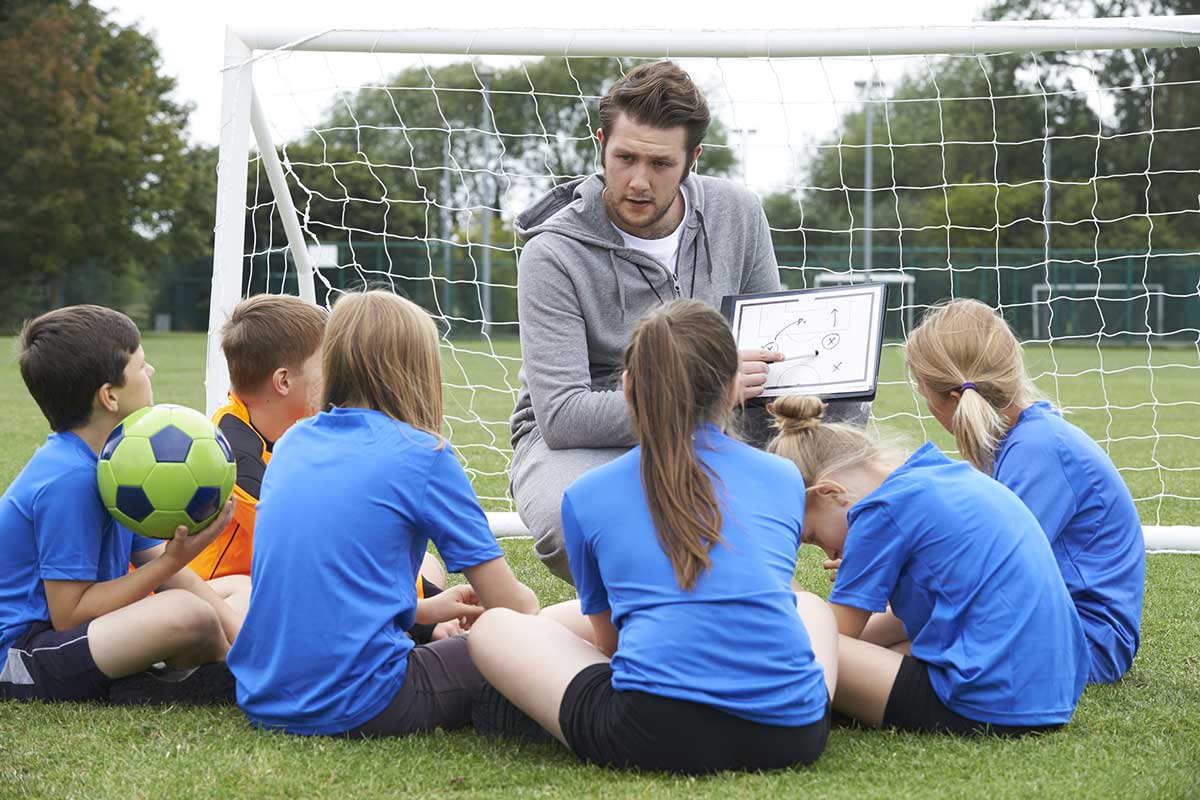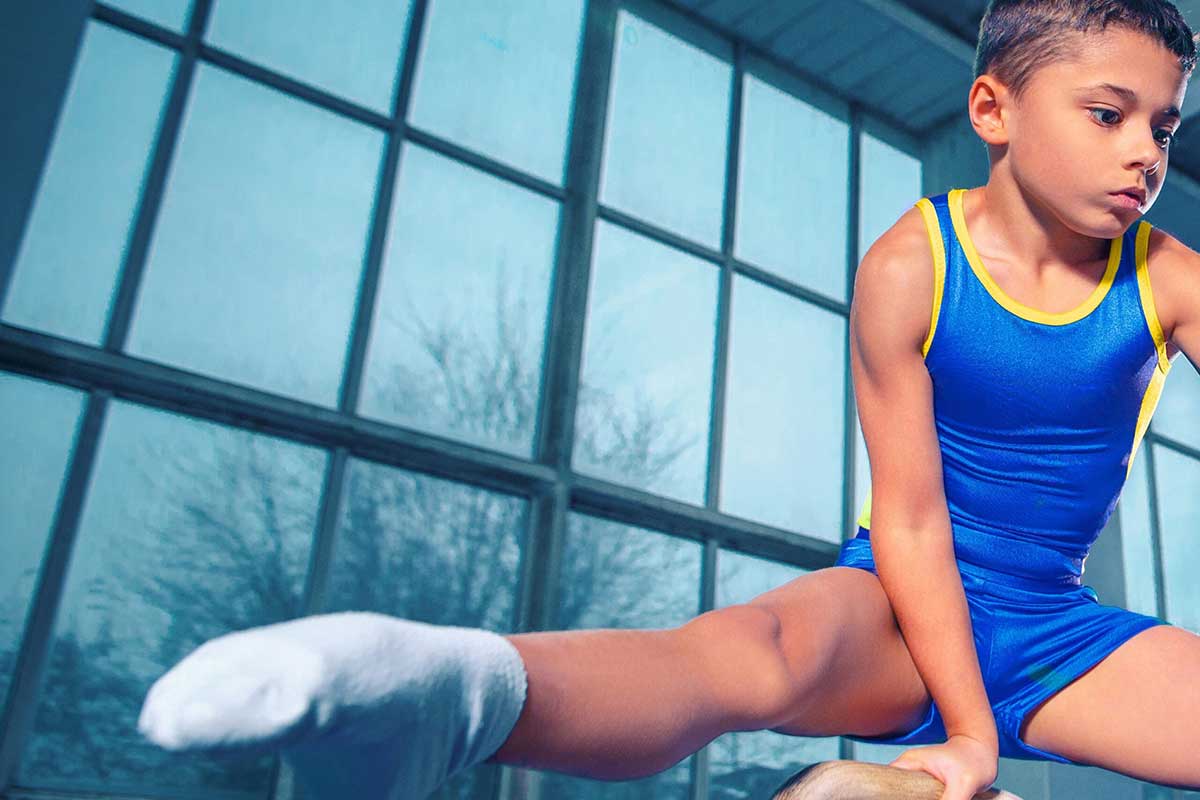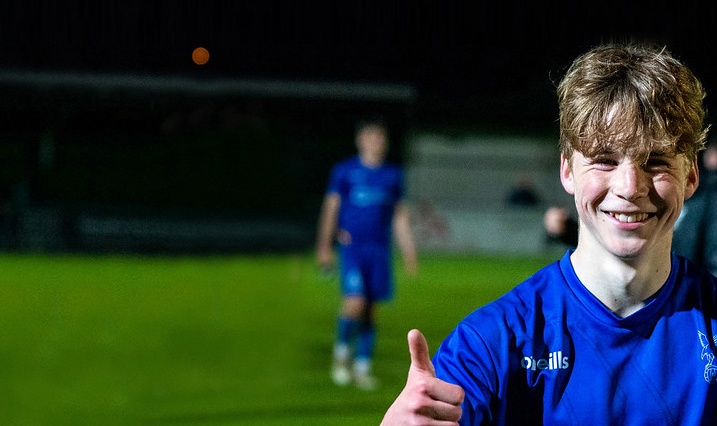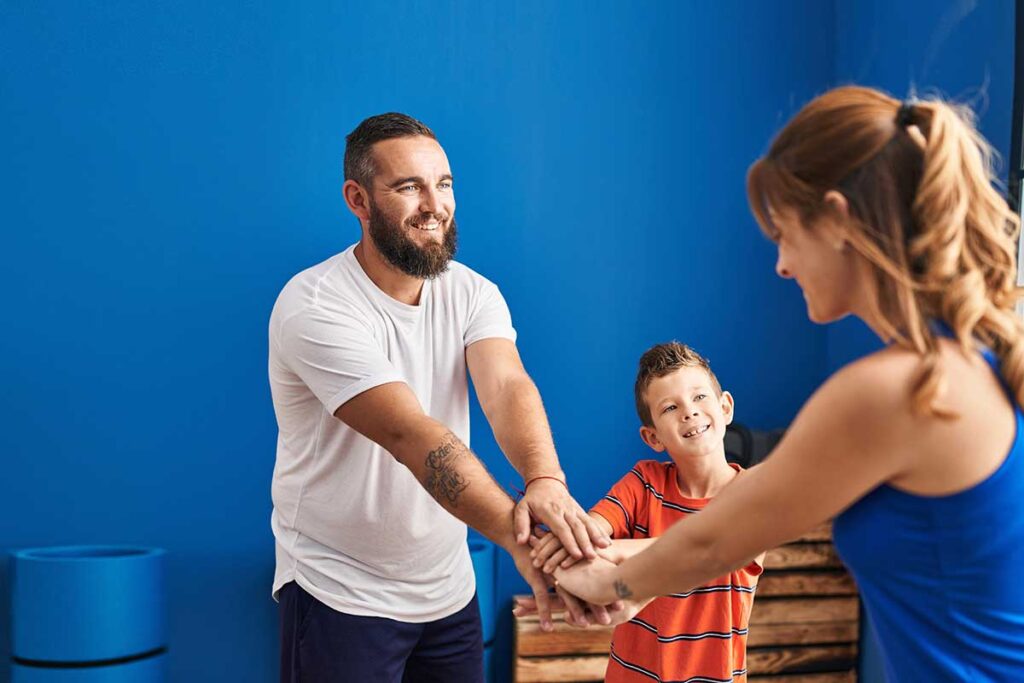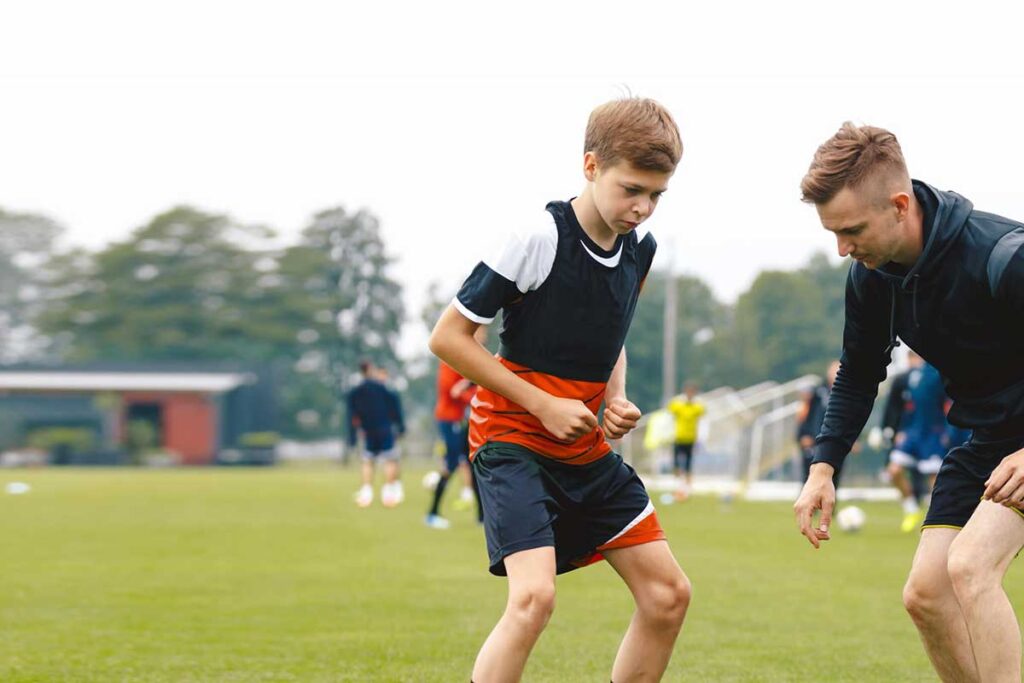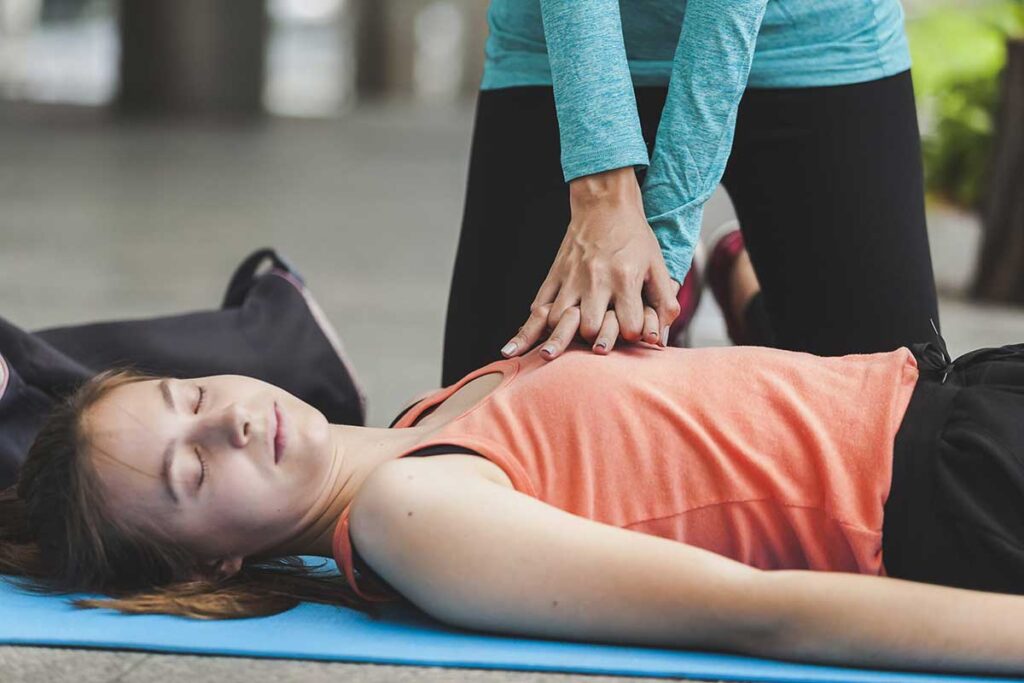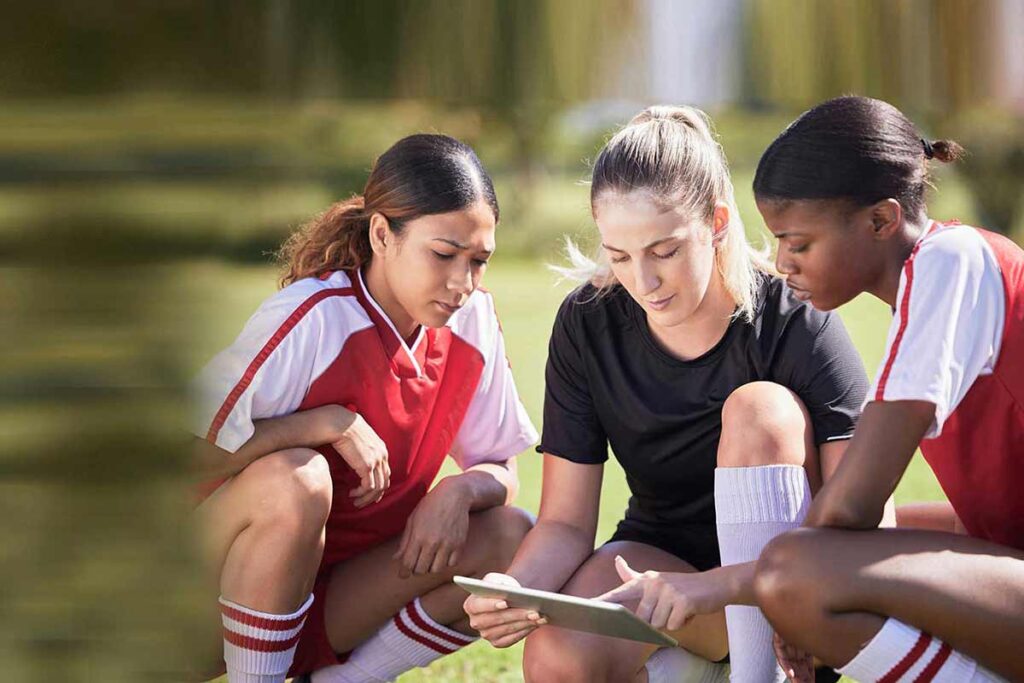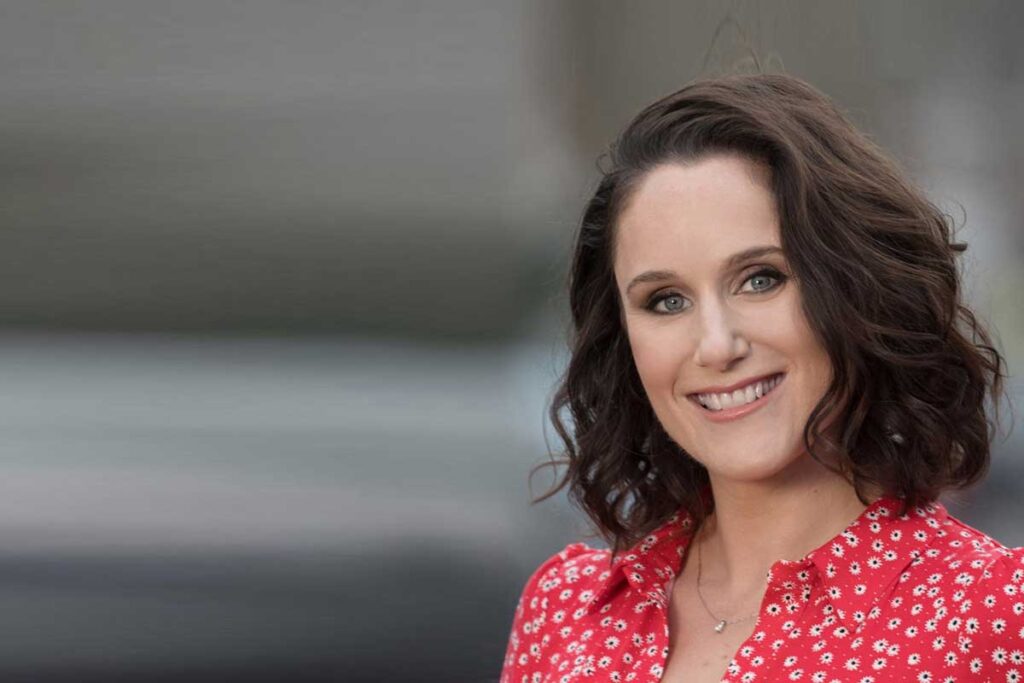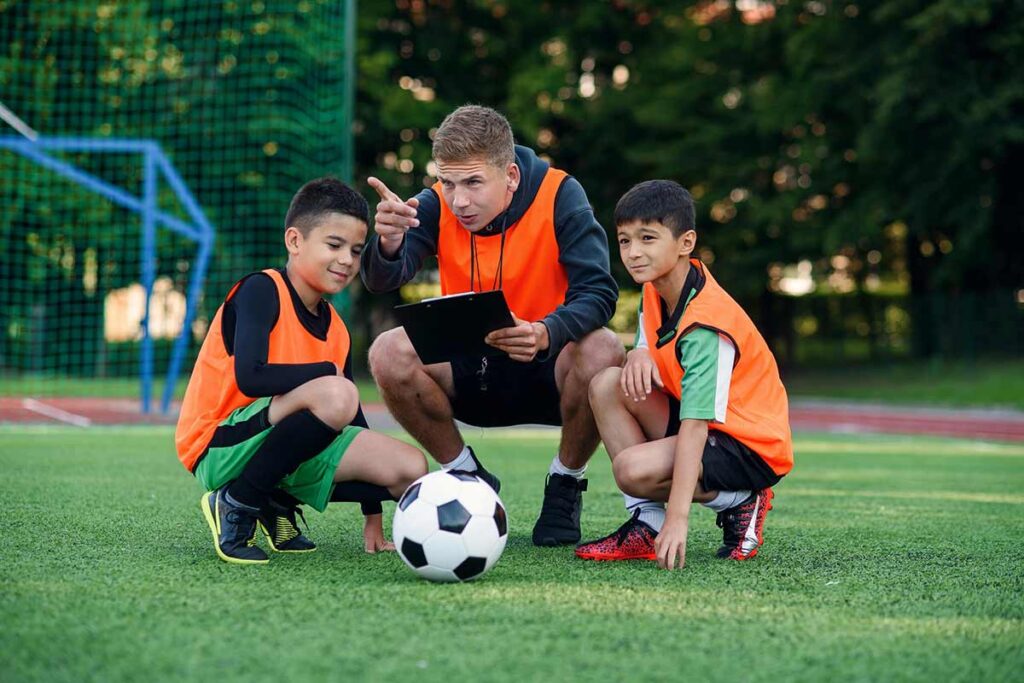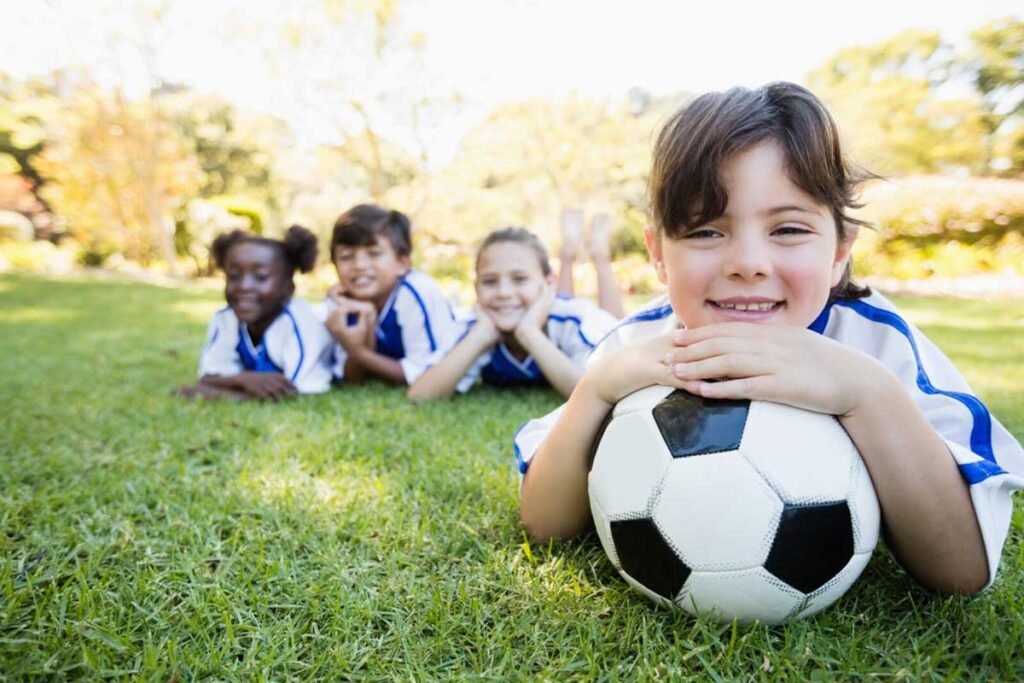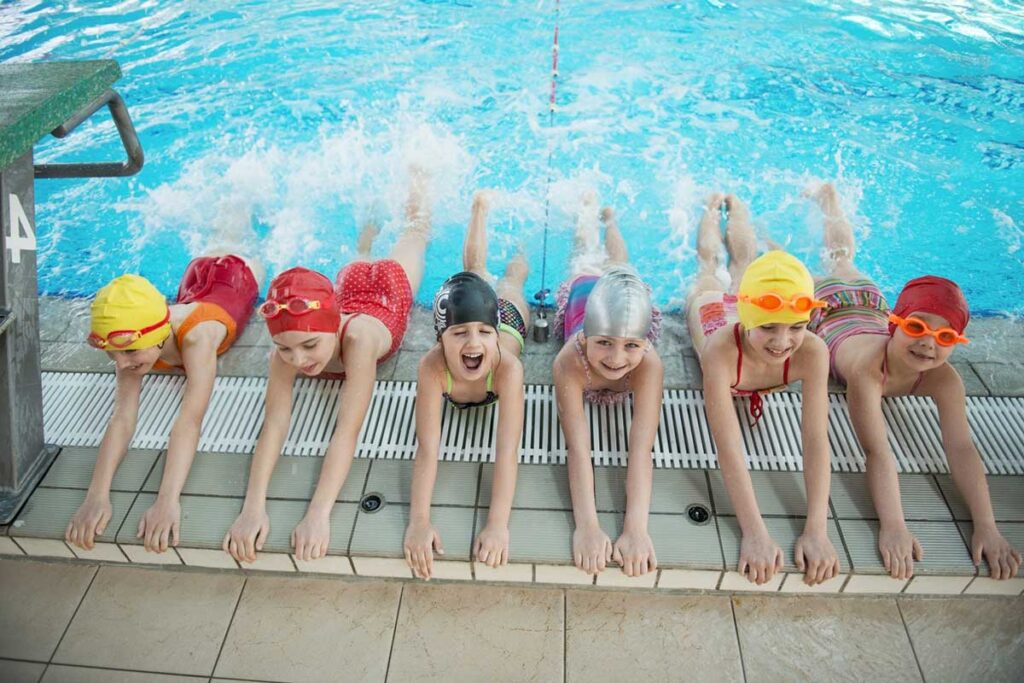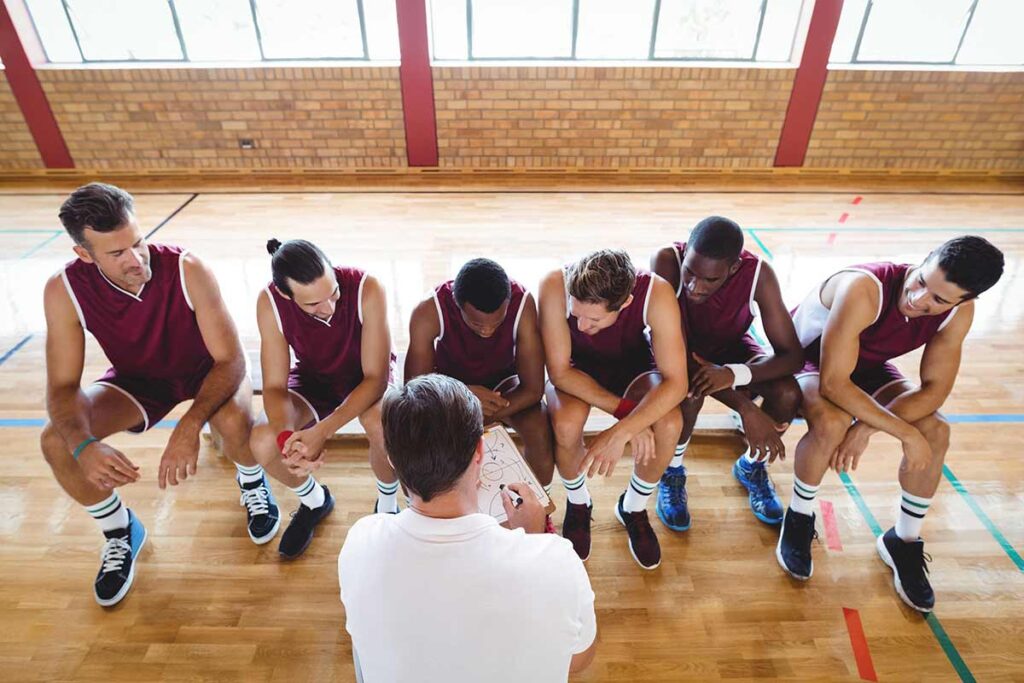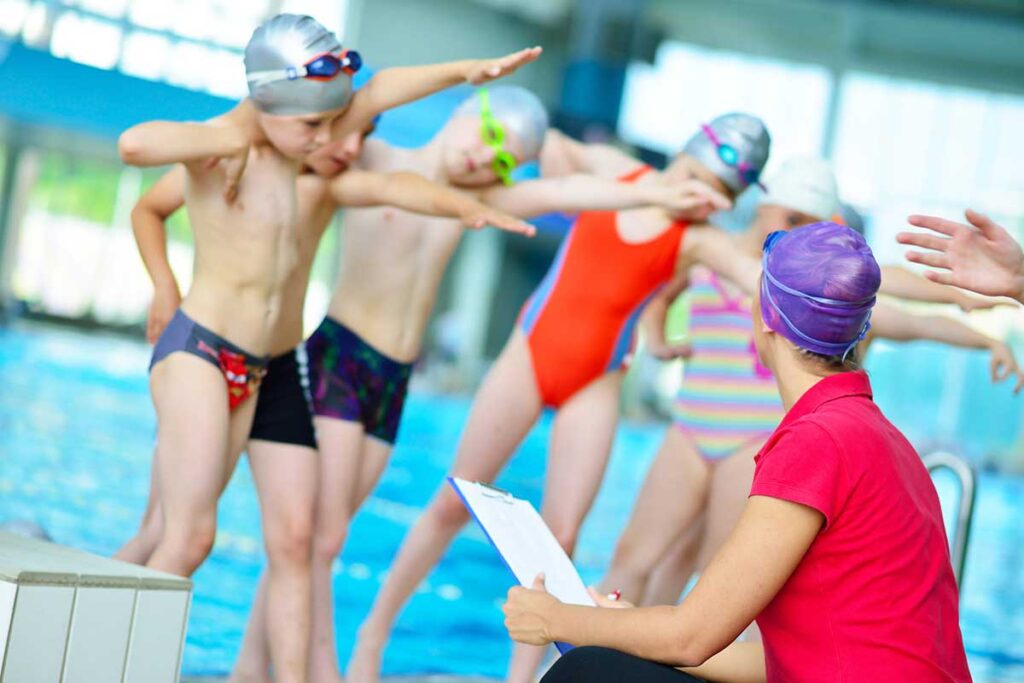This article, originated from a ‘Live’ video by Alex Row, in our LoveGymnastics Facebook Community. The article has been subsequently written to apply the principles of subject for the wider grassroots sports community.
Within sports clubs, we need to communicate on many different levels. Conversing with children is one area that can be very complex. In this article, we’ll explain the different types of communication and give you tips on how to adapt your approach for younger athletes.
Different types of communication
Two-way communication
To state the obvious, this is when both parties exchange information. Conversations like this are crucial as they show we’re engaged. And when participants begin to get to know and understand us, they’re able to pick up on this level of engagement. Two-way communication also promotes a better and more open culture within a team.
An example of a two-way conversation that you might have is when you speak to athletes about programmes. Involving them in the process helps manage expectations, and they can give feedback on the direction of their own programme. However, it’s important to take into consideration the athlete’s age and level. More on this later.
Unseen communication
Unseen communication is the way we share information through our body language and physical presence.
A coach who is tall or has a large physical build can come across as intimidating to some. So they might need to change their body language to suit the age of the athlete.
For example, when working with pre-schoolers (under 5’s), you should come down to their level. So rather than standing and talking to them, you could crouch or kneel. Large or fast moments can be disconcerting for children in that age group so these should be avoided. Instead, over-exaggerate your facial expressions as this can make it easier for young athletes to relate and understand.
As athletes get older, it’s important we use our body language to show we’re engaging with them. Unlike adults, who can clearly tell or sense a situation, young athletes are just beginning to understand and pick up on body language. We need to be aware of how we may come across. Leaning against a wall, for example, could give the impression we’re disengaged. Even our facial expressions, eye contact and the way we hold our arms can change how we’re perceived.
When speaking to adults or older athletes, you don’t have to change your physical demeanour as much, as you can communicate with them on a higher level – more like you would do in a normal scenario.
Other forms of communication
Forms of sign language or hand signals can be a useful way to communicate. Makaton and British Sign Language don’t just have to be used for those who are deaf or hard of hearing. They can also help communicate with athletes across long distances. You can read more about Makaton here.
Putting all this into practice
Programming
When looking at programming and how we communicate this, one of the key considerations is the age of the participants. This and their skill level will give us an indication of the amount of input that’s required.
Allow the participants to have a choice within an existing programme. For most programmes, there will always be an overall goal, but you could allow the children to have a say in the activities that support the main task. Give them a variety of examples of ways to achieve the same end result. By doing this, you’re giving them ownership of the programme.
This involvement in programming can be taken across all levels. However, the input required from coaches may differ depending on the age and experience of the athletes.
Dealing with challenges
Every coach has had a challenging conversation with an athlete. It’s important to understand these and not dismiss them. Remember: respect is earned not given.
When these types of conversations occur, don’t become overbearing and exert an authoritative tone, or talk down to the athlete as this can often escalate the situation.
Engage with the conversation to understand and overcome the issue – often it’s just a simple misunderstanding. Also, as coaches, we’re building relationships with our athletes. So the more understanding we have of their personalities, the more we’re able to sense moods and prevent difficult situations from arising.
Developing further understanding
The following tasks are effective ways to utilise and enhance our communication skills:
- Sensory deprivation exercises
Carry out an activity whilst the participant is blindfolded. You’ll have to use better verbal communication to make sure your instructions are understood. A similar exercise to improve your visual cues is to ask the participant to wear ear defenders so they can’t hear verbal instructions. - Visual aids
These can be temporary and used situationally, or permanent. For example, plaques on the walls of the clubhouse, t-shirts for particular groups, dream boards, a club charter etc. - Use the correct level of language
Avoid using overly technical language when speaking to younger or lower-level athletes. For older, more experienced athletes, complex terms may be more appropriate.
Our final tip is self-evaluation. Consider how you would feel if you were coaching yourself. If you wouldn’t like your current communication style, think about what you’d change, and then be proactive in making those changes. For those that find self-evaluation difficult, try filming yourself coaching a session so you can then visually evaluate your communication style.
This article was based on a live video hosted by Alex Row, LoveGymnastics Community Ambassador, with support from LoveGymnastics Super Admins, Debbi and Ruth.
If you’re involved with a gymnastics club and are interested in watching similar events in future, join our LoveGymnastics Community on Facebook.

